Some of the oldest art on Earth was created 36,000 years ago on the walls of the Chauvet Cave in France. However, these days, physical access to the cave is restricted in order to preserve the site.
Thanks to augmented reality, the cave is now virtually open to the public once again.
- Don't Miss: Google Arts & Culture Builds AR Replica of Bangladeshi Mosque as Part of Historic Site Preservation Project
Google's Arts and Culture team, working in partnership with the site's caretaker, Syndicat Mixte de la Grotte Chauvet, has published a collection of immersive content that enables the public to enter a virtual recreation of the Chauvet Cave.
Users of the Google Arts and Culture app for iOS and Android can explore the cave and view its horse frescoes in AR via the Pocket Gallery feature.


After scanning the environment for a horizontal surface, the app places a dollhouse-style model of the cave in the user's environment. Tapping on the model scales the experience to lifesize, enabling users to walk through the virtual cave. Hotspots throughout the virtual space provide more information about the cave's drawings.
In addition, history fans can access the 3D model through the Google Search app on Android. A search for Chauvet Cave returns a "View in 3D" option within the results. Unlike the Pocket Gallery experience, in this case, the 3D cave opens immediately to full scale, and while it lacks the hotspots for additional information, this version of the experience does offer a shutter button for capturing photos of the experience.
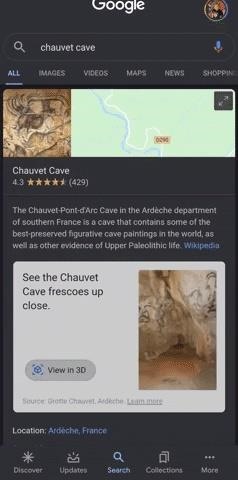

The collection includes VR content as well. The Dawn of Art VR experience offers a version narrated by actress Daisy Ridley as well as a French voiceover edition and is available via YouTube and a standalone SteamVR app.
Users can also view 3D objects like a bear skull and a painting of an arctic musk oxen through the Meet Our Ancestors page on the Arts & Culture website or the mobile app. However, these particular objects don't have an AR viewing option.
The Arts & Culture app also hosts the work of Pablo Picasso, Vincent Van Gogh, and Johannes Vermeer through via its Pocket Galleries feature. Previously, the Google team has also explored history in standalone mobile AR apps such as Big Bang and Notable Women.
Increasingly, museums have begun to leverage augmented reality via mobile apps, Facebook's Spark AR and the Microsoft HoloLens to enhance their on-site experiences and draw visitors in. However, Google's inverse approach, using augmented reality to bring art and history to observers wherever they are, is an invaluable service in cases where rare art is otherwise inaccessible to the public.
Just updated your iPhone? You'll find new features for Podcasts, News, Books, and TV, as well as important security improvements and fresh wallpapers. Find out what's new and changed on your iPhone with the iOS 17.5 update.




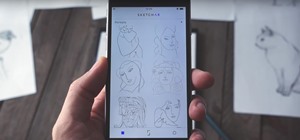





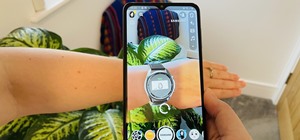
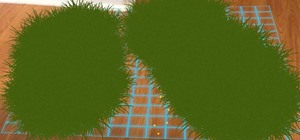



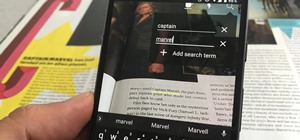









Be the First to Comment
Share Your Thoughts